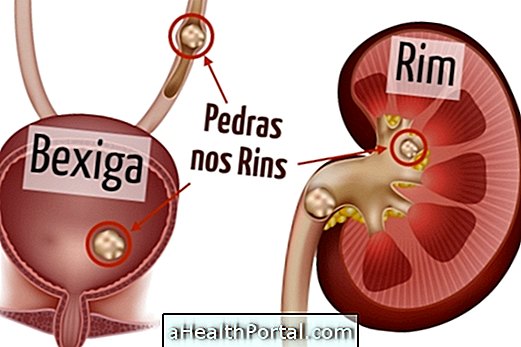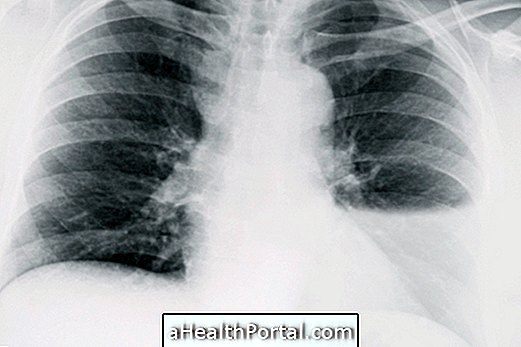Neutropenia occurs when blood cells, called neutrophils, are small in the body, less than 1500 / mm3. Therefore, as the body has small amount of the main defense cells is weakened and more easily appear infections.
The risk of developing infections is related to the number of neutrophils, therefore, in:
- Mild neutropenia - neutrophils are between 1000 to 1500 and the risk of infection is minimal.
- Moderate neutropenia - neutrophils are between 500 and 1000 and the risk of infection is moderate.
- Severe neutropenia - neutrophils are less than 500 and there is a high risk of infection.
In addition, cyclic neutropenia may occur, which occurs several times in a short time, such as every 21 days, so medical follow-up is essential.
Febrile neutropenia
Febrile neutropenia occurs when, in addition to the patient, the neutrophil count is less than 500, its temperature is higher than 38 ° C.
Therefore, treatment for febrile neutropenia involves taking fever-reducing medicine, oral or vein antibiotics, as your doctor tells you to control infection, and injections with neutrophil growth factors to fight neutropenia. In addition, it may also be necessary to add a second antibiotic to the treatment and if the patient continues with fever after 5 days, an antifungal may also be used.
Causes of neutropenia
Generally, the causes of neutropenia are related to cancer, tuberculosis, childhood genetic agranulocytosis, bacterial infections, treatments with certain medications and deficiency of vitamin B12 or folic acid, for example.
In addition, neutrophils may also decrease due to bone marrow difficulty in producing these cells and even by the destruction of these cells in the bloodstream.






















